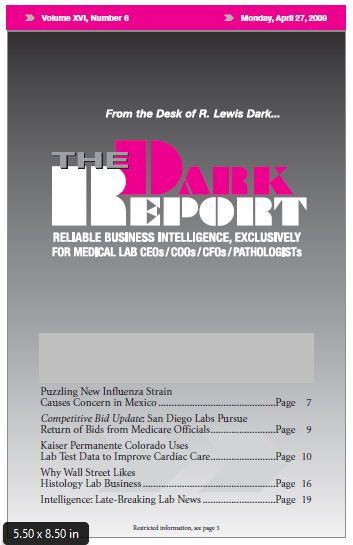CEO SUMMARY: Proud of a 73% reduction in mortality among patients with coronary artery disease (CAD) at Kaiser Permanente Colorado, clinical care teams there demonstrate how integrated care and more effective use of laboratory test data can lead to remarkable improvements in patient outcomes. Key themes in this achievement are the combined use of an …
Kaiser in Colorado Uses Lab Test Data to Improve Cardiac Care Read More »
To access this post, you must purchase The Dark Report.


